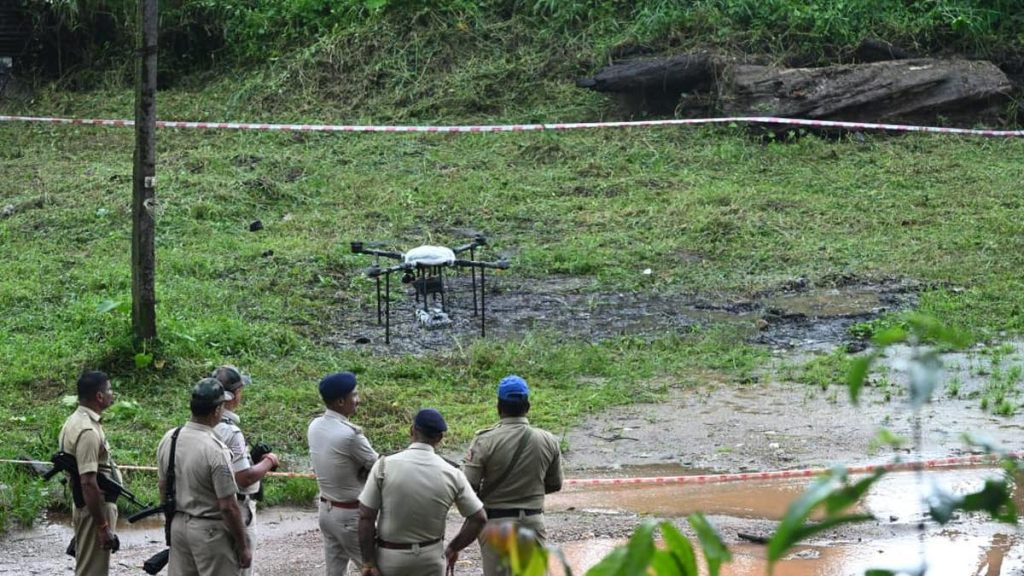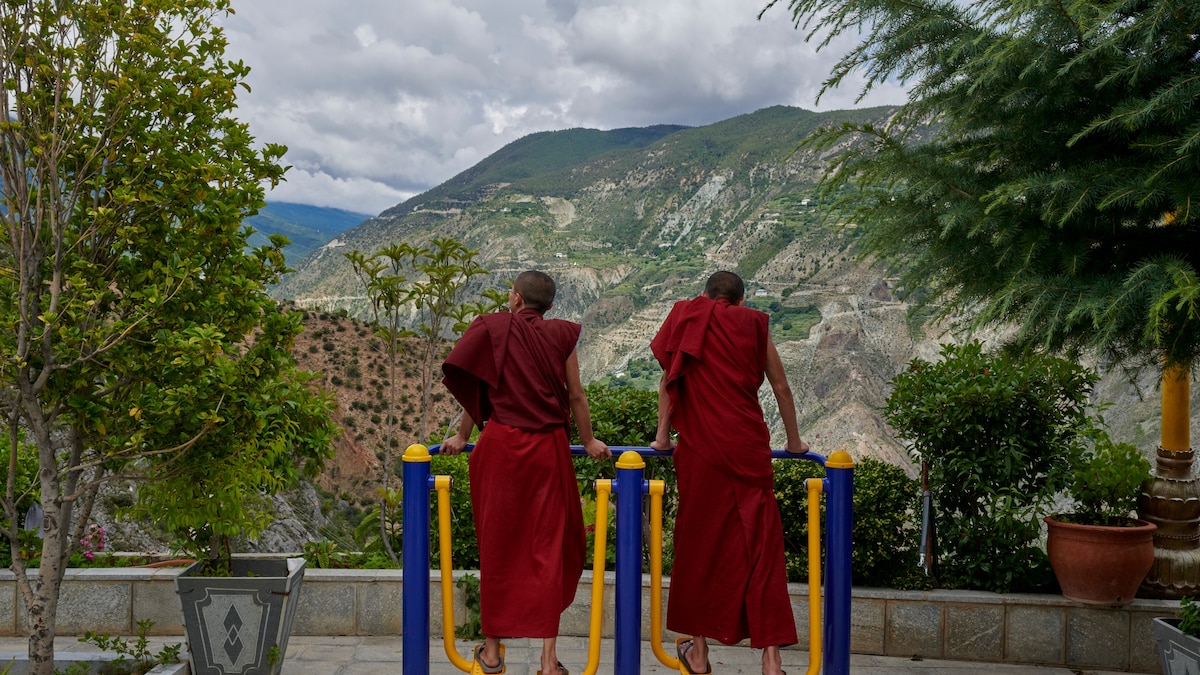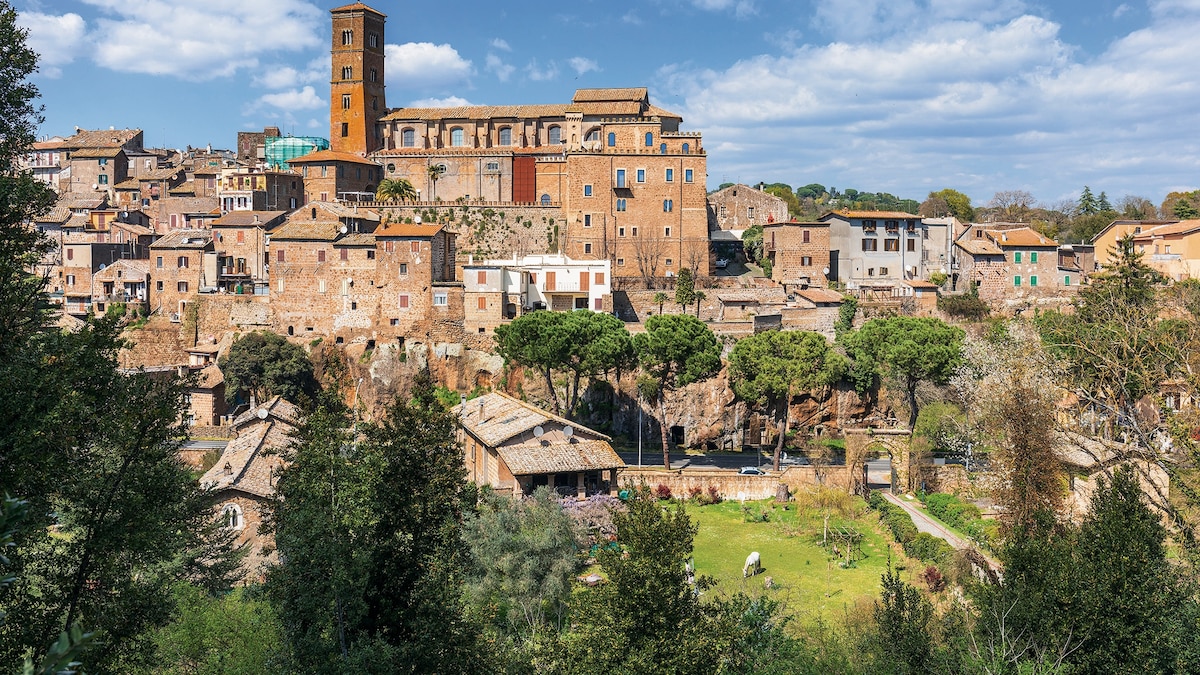Now Reading: Greek Island Becomes Hotspot for WWII Treasure Hunters
-
01
Greek Island Becomes Hotspot for WWII Treasure Hunters
Greek Island Becomes Hotspot for WWII Treasure Hunters

Quick Summary:
- Battle of Crete Heritage: The 1941 Battle of Crete during WWII was pivotal, noted for it’s airborne attack by German paratroopers and fierce local resistance that led to severe German losses.
- Artifacts preservation: Stelios Tripalitakis, a collector from Galatas village, Crete, has over 100,000 WWII artifacts.One key piece is a helmet belonging to german soldier Lieutenant Schimkat. He matched the helmet using historic photographs that confirm its origin.
- Collector Networks: Collectors across Crete preserve wartime relics including weapons, uniforms, photographs, and personal items. Items are located through meticulous searches on battlefields and online platforms despite important financial investments.
- Cultural Impact: Wartime remnants serve as family heirlooms or repurposed objects in daily life within Cretan households. Collectors like georgios Hatzidakis aim to preserve these artifacts for historical education.
- Historical Importance: Academic insights emphasize the unique visual documentation of the Battle of Crete due to widespread use of cameras by German soldiers before and during combat.
Indian Opinion Analysis:
The Battle of Crete reflects how ordinary civilians can play an unusual role in broader conflicts-a story resonating with global struggles against oppression throughout history. For India-where WWII had profound impacts on colonial governance-it invites parallels with our own trajectory toward independence amid transformative global events.
Another important aspect is cultural preservation driven by individual collectors-thier efforts ensure invaluable historical insights are not lost with time. this phenomenon mirrors how numerous regions in India retain fragments from past battles or invasions that continue shaping collective memory today.Such civic participation fosters deeper historical awareness; knowledge acquired not merely for academic purposes but reshaped into living narratives within communities. A wider relevance emerges when examining how grassroots engagement can help sustain national heritage amid growing threats of erosion or commercialization elsewhere.
























